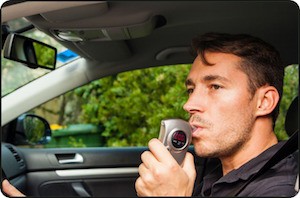How to Avoid an Ignition Interlock False Positive
Following a DUI in Arizona, you may need to have an ignition interlock device installed in your vehicle. An IID can benefit you in some ways; it allows you to keep your license so that you retain access to transportation. This can allow you to continue to take care of your family and work.
However, there are also significant disadvantages to the installation of an IID. For example, the use of certain common products that contain alcohol can produce a false positive.
Check the labels

However, even if you are careful not to consume anything with even a trace of alcohol, it may be present in other non-edible products you use. Alcohol may be present in personal care products like nail polish and perfume or even soap and shampoo. It may also be present in pesticides, antifreeze, cleaning products or air fresheners.
You may not see alcohol on the ingredient lists for products such as these. It may appear under another name:
- Ethanol
- Isopropanol
- Propanol
- Methanol
Avoid using products containing these ingredients as much as possible.
Take your time
Because these ingredients are common in so many products, it may be difficult to discontinue their use entirely. Try to avoid them before and during driving. If you have to use one of these products or do so accidentally, give yourself some time to allow the alcohol to dissipate before attempting to start your vehicle. 10 to 15 minutes should be sufficient.
It does not take much to set off an ignition interlock device. The blood alcohol concentration threshold is 0.02%.
